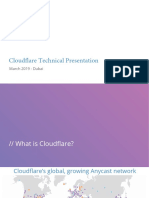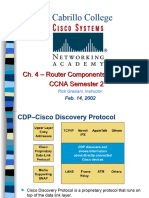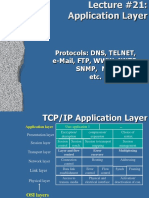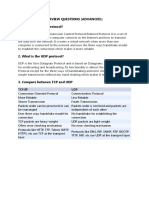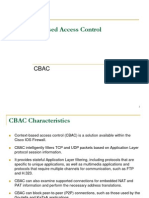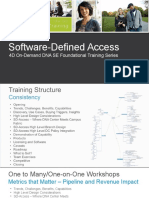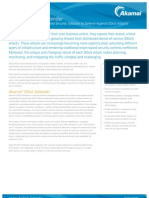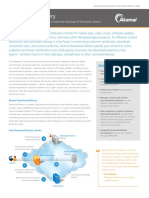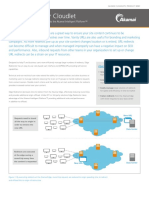0% found this document useful (0 votes)
1K views19 pagesContent Delivery Networks (CDN)
Content Delivery Networks (CDN) improve performance and scalability by distributing content across geographically distributed web servers. A CDN allows content providers to replicate their content on a network of servers so that users can access content from the server closest to them, reducing latency. When a user requests content, the CDN directs them to the optimal nearby server through techniques like DNS redirection. This provides users with faster access to content while lowering infrastructure costs for content providers.
Uploaded by
Syed ThowfeeqCopyright
© © All Rights Reserved
We take content rights seriously. If you suspect this is your content, claim it here.
Available Formats
Download as PPTX, PDF, TXT or read online on Scribd
0% found this document useful (0 votes)
1K views19 pagesContent Delivery Networks (CDN)
Content Delivery Networks (CDN) improve performance and scalability by distributing content across geographically distributed web servers. A CDN allows content providers to replicate their content on a network of servers so that users can access content from the server closest to them, reducing latency. When a user requests content, the CDN directs them to the optimal nearby server through techniques like DNS redirection. This provides users with faster access to content while lowering infrastructure costs for content providers.
Uploaded by
Syed ThowfeeqCopyright
© © All Rights Reserved
We take content rights seriously. If you suspect this is your content, claim it here.
Available Formats
Download as PPTX, PDF, TXT or read online on Scribd
/ 19



